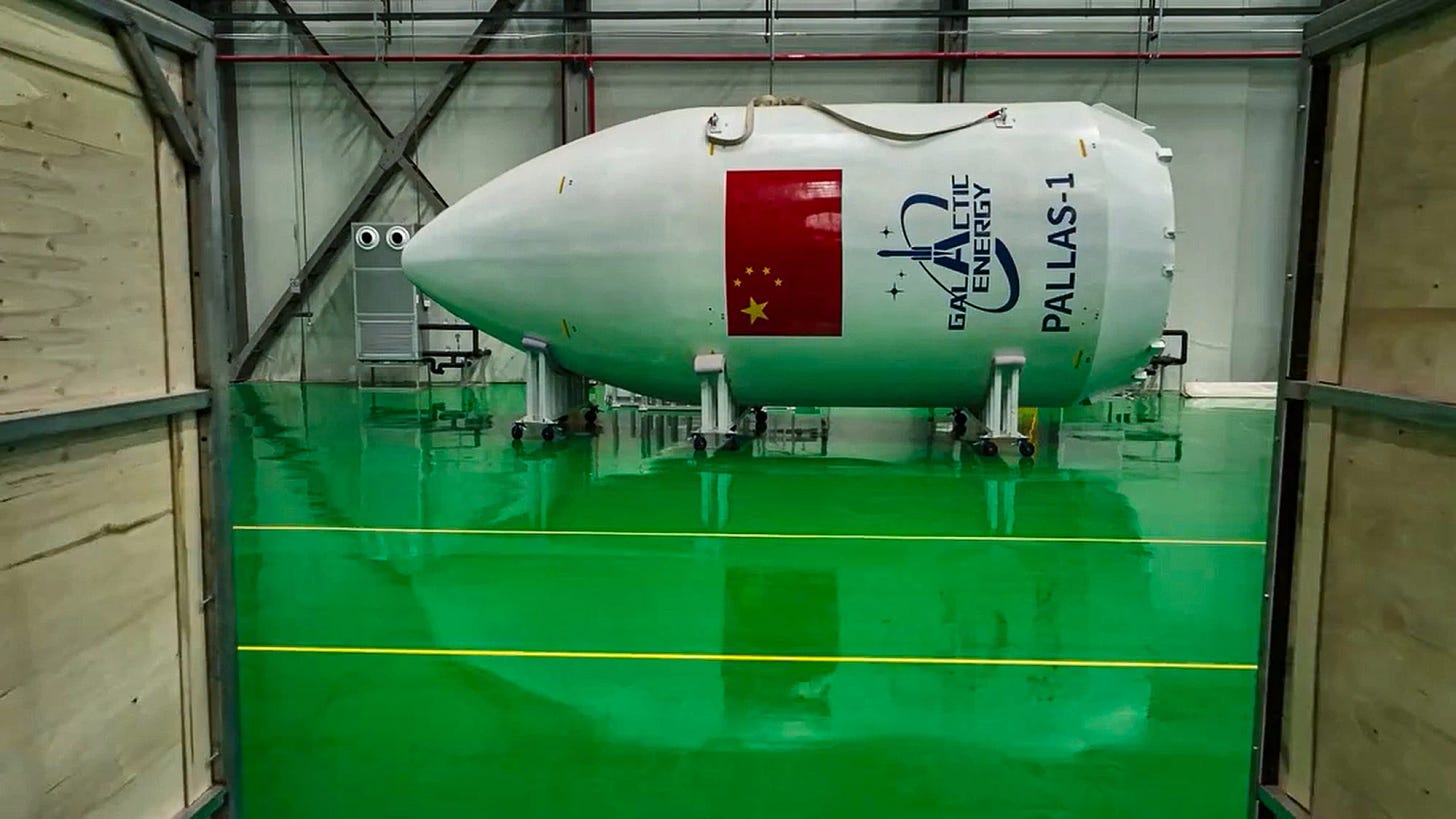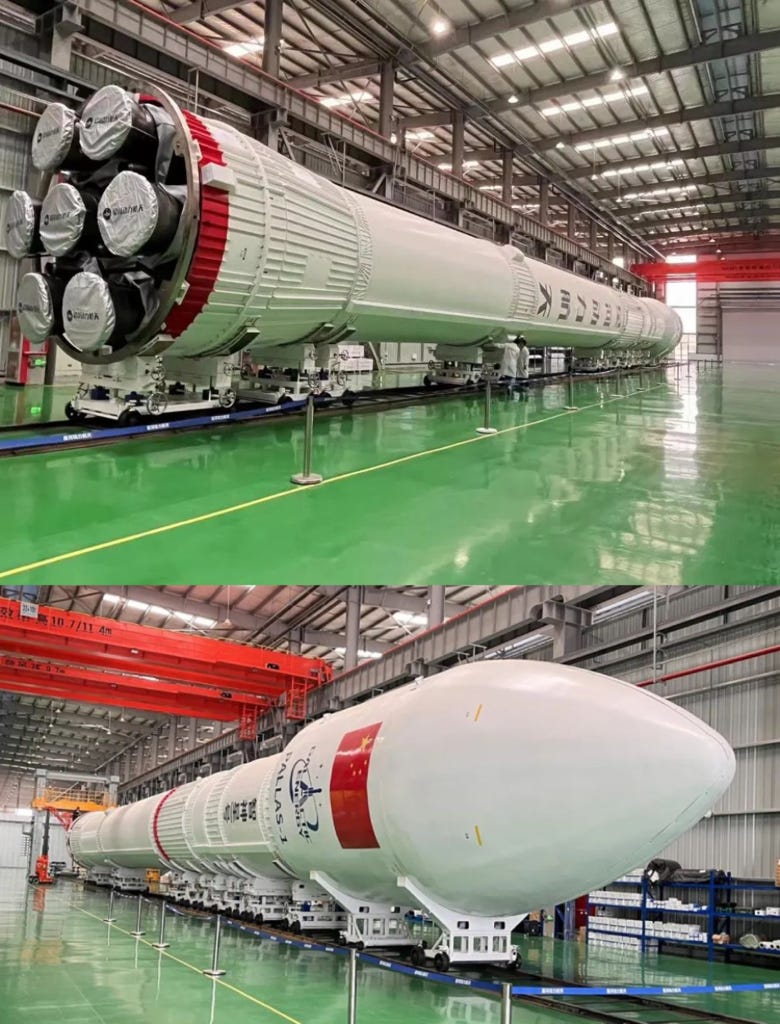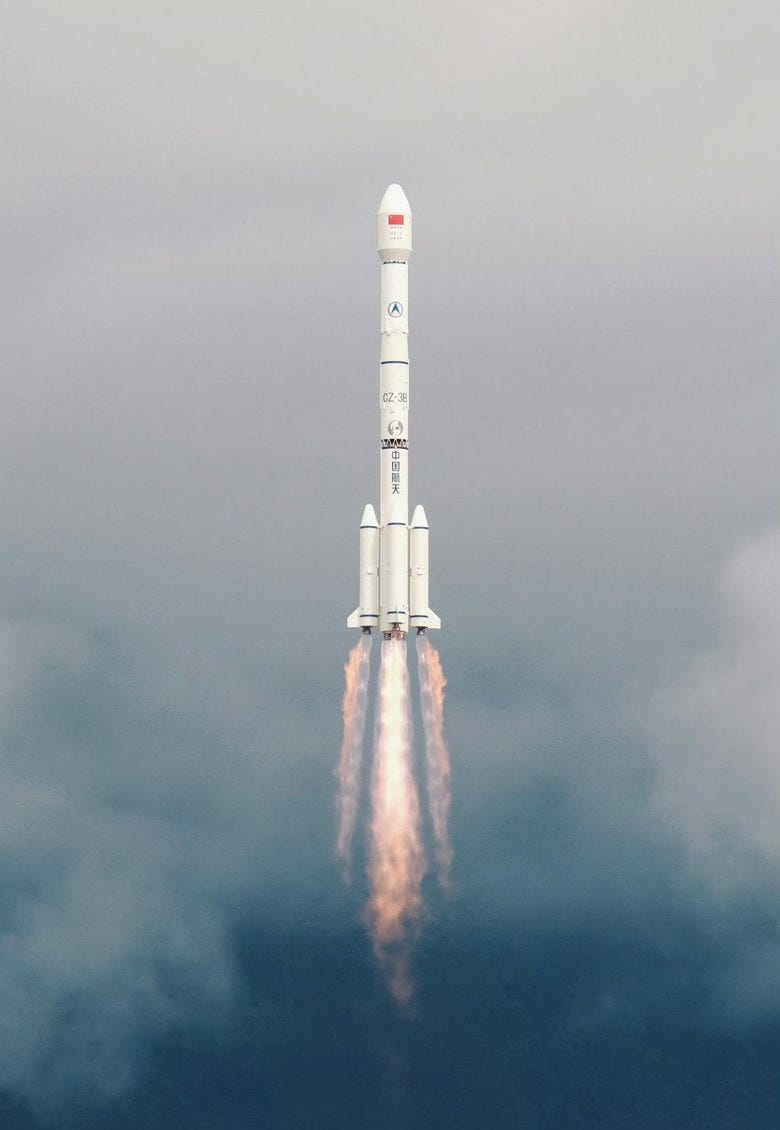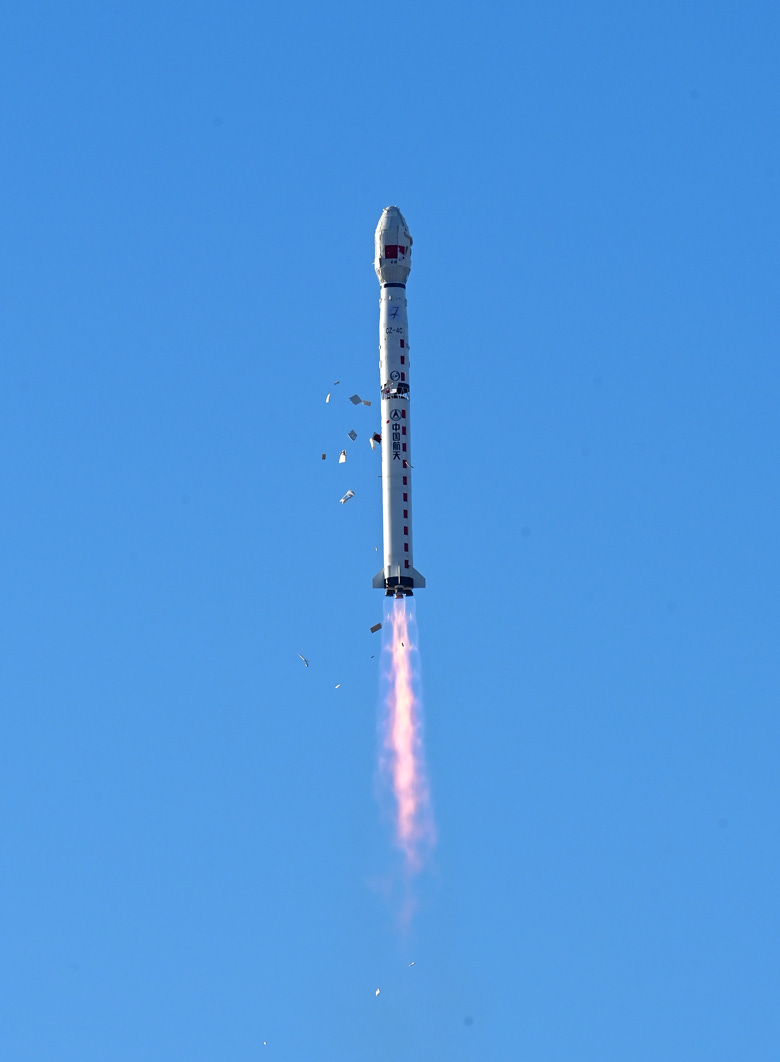New Hardware, New Observations, and New Test Firings! [15/5/2024]
This article was originally posted on May 16th 2024 on Ko-fi.
Hello again all! It's been a little bit since I've posted a full post here as I was busy with university, I have since completed my end-of-year hand-in so I should be free for a while (hopefully). In that time China has launched twice as well as their commercial space companies sharing various updates and announcements. So let's begin!
Galactic Energy
On the 9th of May, Galactic Energy completed a gimbaling test of its Welkin engine. According to the company, the test fully assessed the systems required to gimbal the engines under flight-like conditions, the test also allowed them to gather thermal environment data to make improvements to Welkin in the future.
Welkin is Galactic Energy's in-development engine that will power the Pallas-1 launch vehicle, seven will power the first-stage with one powering the second-stage. The Welkin engine is claimed to generate up to 50 tons of thrust for up to two-minutes and fifteen seconds of burn time in-flight.
Galactic Energy also released an image of Pallas-1 as seen from near the engine section. This new image revealed a design change in comparison to older renders. The design change has the engine section taper out from the 3.35-meter diameter fuel tanks to an unknown diameter, likely just under 4.1 meters as it looks to be as wide as the fairing.
This change could be due to three reasons. The first is increased gimbal range of the engines, as this would allow more space for them to swing from their original point. Another reason may be to shift more mass and create a higher amount of drag around the bottom of the engine section, for planned landing attempts in the future. The third reason may be that some parts of the Welkin engines are currently larger than expected, this is very likely due to the space between engines (I could be wrong on this). I have also asked Galactic Energy about this change via their PR/HR email but they have yet to respond, I will provide an update if they do.
Pallas-1 is currently believed to be targeting a maiden launch this year, 2024, from the Wenchang Space Launch Site, likely Hainan Commercial Pad 2.
Deep Blue Aerospace
On May 10th, Deep Blue Aerospace announced that they had completed a 200-second firing of one of the engines to be used on their vertical-takeoff vertical-landing test vehicle, which will be equipped with three engines to simulate a landing profile.
In the announcement, the company also said that a three-engine test was completed prior. Both the 200-second and three-engine tests are believed to have been successful.
They also stated that the tests fully verified the engines' propellant systems, and systems to monitor those systems. Deep Blue Aerospace expects that they can perform vertical-takeoff vertical-landing tests with their test vehicle this year, with a potential flight towards the end of the year or early next year.
On May 14th, it was also shared that the company had conducted a test of the pusher system that will be used to help separate the first and second stages. It is believed that one pusher will be positioned inside the nozzle ahead of staging to enable a clean separation, by exerting a force of 4-4.5 tons. SpaceX has employed a similar system on its Falcon 9 rocket with great success.
Beijing Institute of Aerospace Experimental Technology
The Beijing Institute of Aerospace Experimental Technology performed the first ignition test of China's, and the rest of Asia's, largest 'high-altitude' test facility on the 15th of May. According to the institute, the test facility will be able to enable test firings in the thousands of seconds in a near-vacuum environment.
The test bed will also allow China to test larger vacuum engines in a vertical position, likely critical for the YF-75E for the Long March 10 and crewed lunar missions. Based on imagery of the facility it currently only supports supplying liquid oxygen and liquid hydrogen.
The Beijing Institute of Aerospace Experimental Technology ended its short press release by saying that they will use the new test facility to improve capabilities and allow for greater testing ahead of implementation on operational launch vehicles.
Long March 3B/E Y97
The first of the two launches came on the 9th of May when a Long March 3B/E lifted off from the Xichang Satellite Launch Center carrying Smart SkyNet (智慧天网) 1A and 1B. These two satellites will operate in a 20,000-kilometer medium Earth orbit where they will perform technology verification and testing.
Smart SkyNet (智慧天网) is another constellation that will help China's build-up of space-based infrastructure as it can act as a link between a low Earth orbit constellation and a geostationary orbit communications network.
The Smart SkyNet's 1A and 1B satellites were built by the Shanghai Academy of Spaceflight Technology for Tsingshen Technology. Current plans have eight satellites in a medium Earth orbit, with a potential increase to sixteen or thirty-two based on demand. I have written about the other details of this launch here, little more has been shared since the launch.

Long March 4C Y50
The second launch came on May 12th when a Long March 4C took off from the Jiuquan Satellite Launch Center carrying Shiyan-23 into a sun-synchronus orbit. Shiyan-23 is an experimental technology satellite that will be operated by the People's Liberation Army for its currently classified mission.
Due to the satellite being classified, little is known about it other than that it is intended for space environment monitoring. A photo of the launch mission team was still shared despite the mission being classified.










